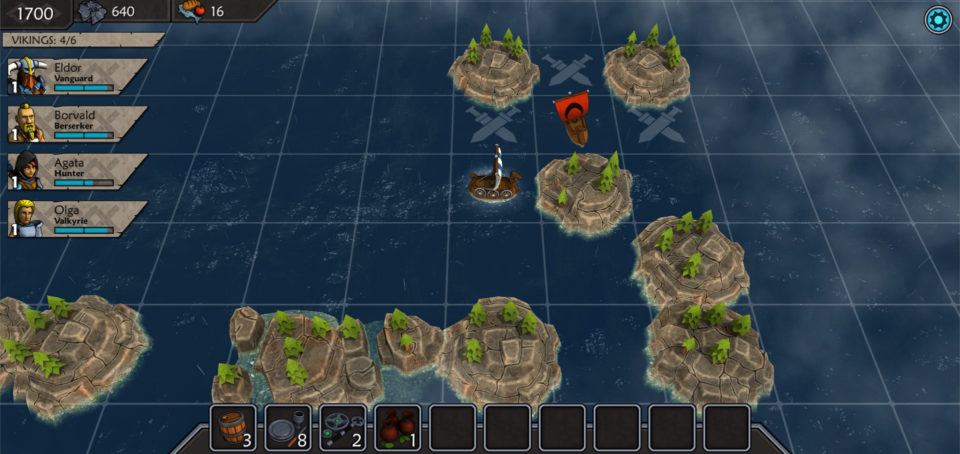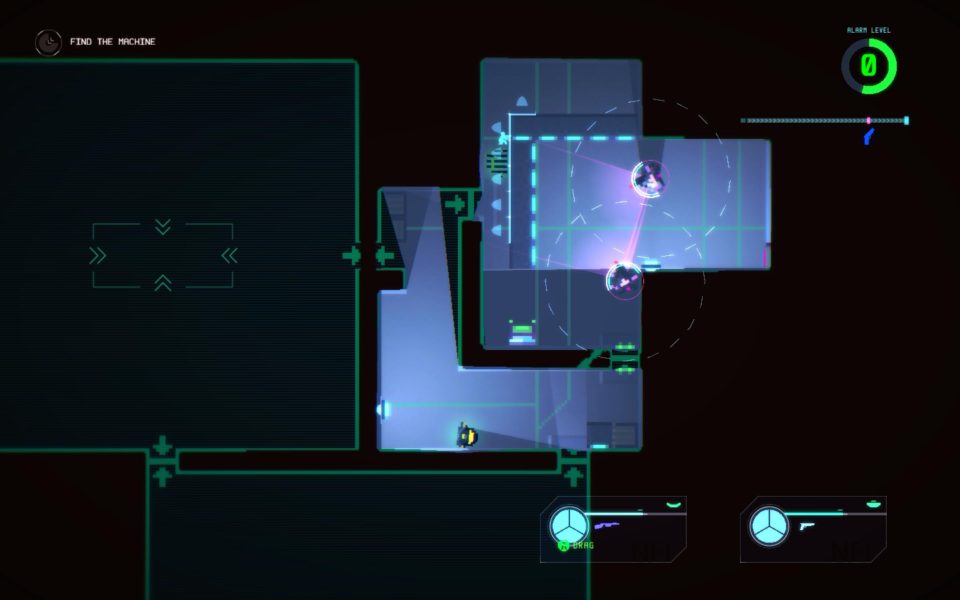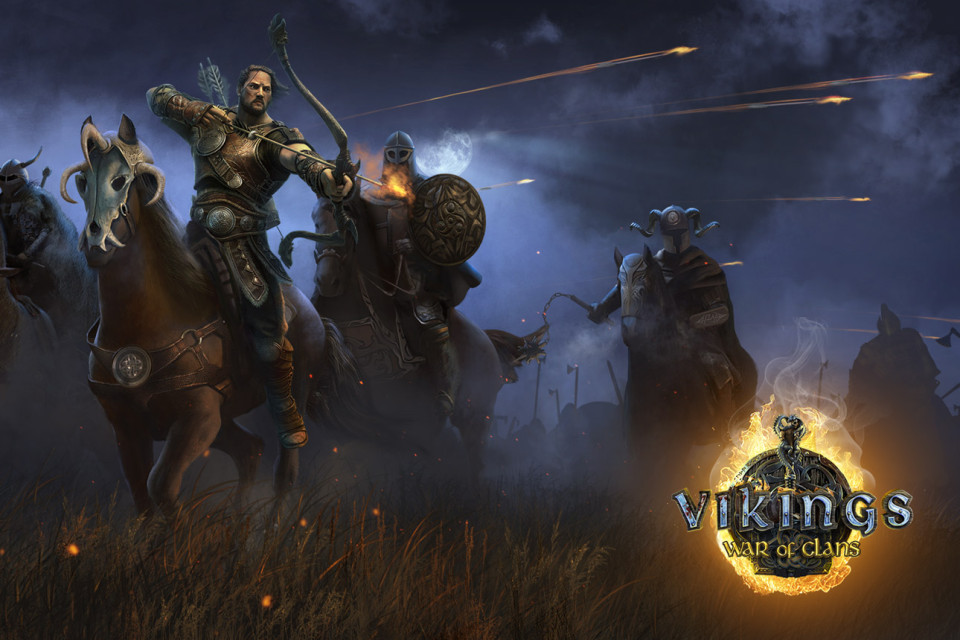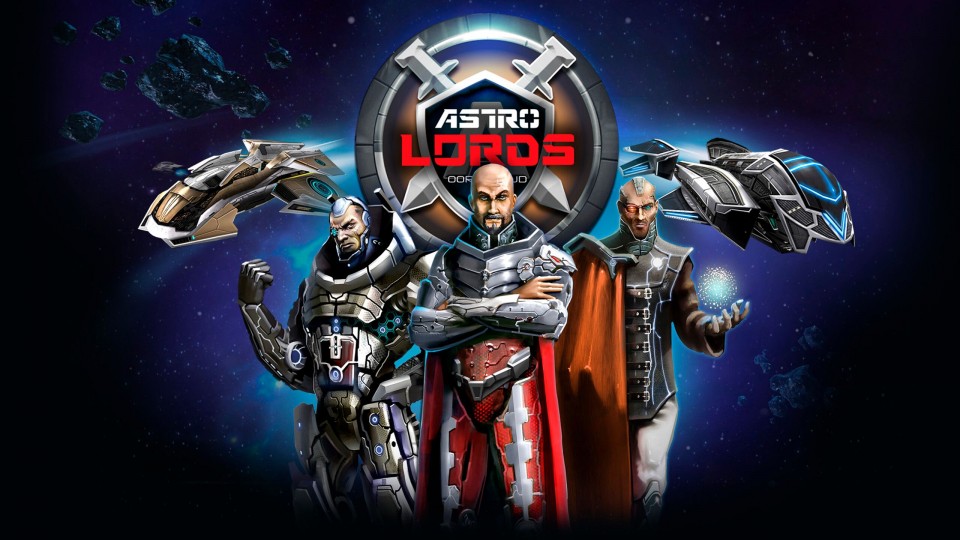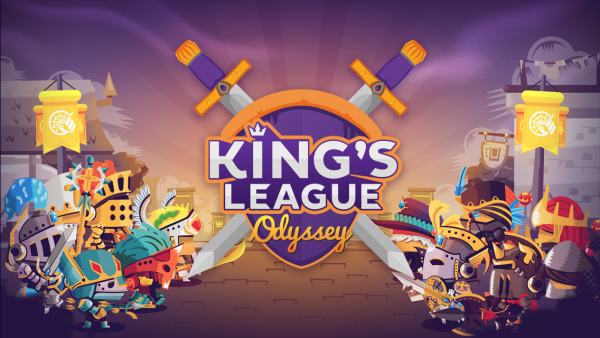Crash Wave Games, founded in August 2015, is an unusual pairing of two game developers from Finland and South Africa. As two developers of entertainment, the Vancouver-based indie studio has travelled all across the city and its borders for opportunities to showcase their first turn-based tactics game Iron Tides for the PC/Mac. The duo emerged from the hustle-and-bustle world where they met and made a pact to pursue the lifestyle of their dreams.
main
Game DevelopmentPostmortem
Signal Decay: Slower Pace, Better Graphics
Nela System is an indie team based in New York. Zack Zhang founded the studio in 2015, and was initially the sole developer crafting the game, Signal Decay, for a long time. Now Nela System is working on bringing Signal Decay to Steam and consoles. Zack recalls how it’s all been since the beginning.
ContributionsDevelopmentGame DevelopmentOnlinePostmortemPR & Marketing
Vikings: War of Clans Giving The Whole Team Something New To Study
Over the last 10 years the mobile games market has undergone dramatic changes – simple entertainment has turned into a huge industry with its own rules, genres and fan favorites. Our first awkward steps are behind us and the mobile game genre is now taking its rightful place alongside dedicated game consoles.
Plarium has been a part of mobile games scene since its inception. The company was founded seven years ago back in 2009, when the app market was poised to take the world by storm but had yet to flourish. One of the main goals of the Plarium team – from the director to junior employees – is to create quality games for mobile platforms and social networks with a level of depth that isn’t typically expected from mobile games.
Plarium’s headquarters is in Israel, with eight offices and development studios located across Europe and the United States. We also have over a thousand employees, all dedicated to helping the company grow and develop. We reject complacency and embrace new ideas, because every project is an opportunity to become better than the one before it.
This is exactly the case with our creation Vikings: War of Clans, our fastest growing mobile game. It wholly reflects our determination to capture players’ hearts and is the result of a concerted creative effort by a large team of professionals.
ContributionsDevelopmentGame DevelopmentIndieOnlinePostmortem
Astro Lords: Oort Cloud - The Release Postponed Because the Game Evolved
The company of ARATOG was founded in early 2012, and is based in Odesa, Ukraine. Their CEO and founder Arseniy Nazarenko has been in the games industry for almost 13 years. He started at Nival in the Blitzkrieg 2 project, and has also worked at Nikitova, Persha Studia‘s outsoucing company, having made dozens of titles for leading industry companies for various platforms. In 2006 Arseniy also headed the Ukrainian department of Vogster Entertainment and the Crime Craft project. His last for-hire project was the browser MMOG strategy My Lands, released in 2010. And only after this one Arseniy got a possibility to start his own studio and project. Now ARATOG also includes 15 other people united by their passion for games and game development; a passion that has pushed them to use Unity to develop cross-platform games, including Web, PC ( Web, Mac OS, Linux), iOS and Android with single server on cluster technology.
Their first big project is Astro Lords: Oort Cloud, and it’s this story that Arseniy shares.
In addition to this game, the company has produced a variety of others, such as Hungry Mouth and Crazy Sapper.
ContributionsDevelopmentGame DevelopmentIndieOnlinePostmortem
King’s League: Odyssey - When IAPs Serve Aesthetics
Kurechii Studio was just a team back in 2009, and was officially established in 2011. From three members, the company grew to four: Yiwei P’ng, the founder, Zyen, an artist, Lydia, a copywriter, and Nick, the animator. Working on their debut iOS project, King’s League: Odyssey, they also had a few others, so used extra help from Ritchie the graphics artist, and two more programmers - Shin Hean and Pei San. Since the Kurechii team initially had experience with Flash, having someone familiar with iOS was extremely helpful, Yiwei recalls as he shares the story of the game.
He also spoke at Casual Connect Asia 2014:
Lost the Feeling of the Game? Launch and See Whether it’s Good or Not!
The first version of King’s League (Flash-based and playable in the browser) was completed within a month just by myself to fulfill the goal of creating a monthly Flash game, something I set to stay motivated. The game was beta tested by a friend, who found it rather short. At that point in time, only simple quests and sieges were available, and the interfaces were pretty confusing.
With that conclusion, the game obviously wasn’t ready for a proper audience. I decided to scrap that version and rebuild a whole new one with better graphics and interesting features, the major feature being unique characters. In hindsight, that one feature has greatly impacted the game in a positive way. We had cool-looking characters, with better stats! And they can only be unlocked by fulfilling some special requirements.
By the time I got around to implementing a proper league system in the game, it was already four months since I started the revamp! As I was already rather numb to the changes (I couldn’t tell if it was entertaining or bad anymore), I decided to launch it on Armorgames and see what the response would be like.
Surprisingly, many players picked it up, and the game gathered about 2 million plays in the first month. Users were really generous with their feedback, so I kept note of the comments. Regrettably, I still had tons of ideas that weren’t included in the game due to my lack of experience, particularly technical, and time - I was still working alone.
For that same reason, I had to cover both the artistic and technical aspects of the game. If there was ever going to be a sequel, I thought - I wanted to focus on the programming and game design. But I would need someone who really excels in game art and enjoys the genre King’s League is: simulation and strategy. Ritchie fit the picture perfectly, and that’s how we began working on King’s League: Odyssey.
Listen to Feedback and Follow Your Path
While working on the sequel, many features were sacrificed to complexity and the game pace that we wanted to retain.
One of the most desired features (according to the feedback we received) was a pause button, or a button to manually control when the players wanted the next day to come. However, we chose not to add that. Instead of letting the players control the pace of the game, we wanted them to stick to ours - to keep the feeling of thrill as a league match approaches, and when every decision matters.
Another feature we did not provide (again, after some feedback), was to have auto-assigned training. It would’ve been convenient, but would also highly reduce the player’s choices in decisions to make and actions to perform.
For more depth, we also wanted to include a Spy upgrade - a feature allowing players to check what units the opponent team will have, and to make captured cities upgradable. In theory, these were interesting things to have in a game (and after the launch, some players were suggesting them, too). However, they hadn’t been implemented, as this would add a lot of complexity to the project. We tried to avoid making the game too hardcore to appeal to casual players.
Our decision to withhold these features did not negatively impact the sequel, but managed to help retain the pace we wanted for King’s League: Odyssey.
We revamped the Upgrade Facilities three times in terms of mechanics and design before settling on the final version. The first few versions were rather complex and confusing, and did not give a solid sense of progression. Using icons in the interface also helped players in deciding which upgrades to go for.
Asset-wise, we initially wanted all the units to have animations for every training option available - but that would mean a total of 495 extra animations. In the end, we had to forgo it because of the size.
The Pains of Going Mobile
If we planned everything ahead for the mobile version, things would’ve gone smoother. On the other hand, we did not entirely forget to prepare for porting; it’s just that we were more focused on the visual aspects (interfaces and graphic ratios) than the technical ones. Nevertheless, we had the UX ready for touch screens, so didn’t have to redesign the UI during the transition from PC/web to mobile.
Prior to this, we had no experience in mobile game development. The “3-months-with-1-programmer” plan to port the game grew into “11-months-with-2-programmers”.
One of our biggest struggles was definitely the file size. High quality graphics were something we really wanted to deliver, but that just served to increase the game’s file size. In Flash, it would not have been a major problem, since vector graphics were used. The raster images used for the mobile version at first caused a delay in loading and also memory problems. Eventually, we managed to cut the game install size on iOS from 1GB to about 500MB, but this cost us a few extra months and was still not the most satisfying file size for players: it was always at a high risk of being deleted if a player needed more space on their device.
We didn’t change anything about the save system when porting the game from Flash to iOS, but later, we understood we’d better had it updated: compared to the browser version, mobile players were more likely to quit at random points in the game due to phone calls or other device activities. Another month was spent to patch up the things we had missed.
We could’ve saved up a lot of development cost and time if we did not go through these mistakes - as inevitable as they seemed then. It’s a price to pay for inexperience, and definitely a lesson learned to be applied to our future projects.
Walking in Your Teammates’ Shoes
Everyone in the team has been exposed to developing for iOS in certain aspects (coding, visuals, design, etc), but none of us has gone through it from A-Z. During this project development, everyone has tasted the responsibilities and tasks of different roles: programmers learned how artists manage and export art assets, while artists got more than a hint about how certain codes work. This helped everyone work in a way that would benefit others, allowing for a more efficient workflow.
It was certainly a tough journey, but a great one. We grew as a team with the same goal in mind. As a more mature team, members now know how to use their expertise to help ease the tasks of other roles, too.
IAPs Done by Players as Support for Devs
Saying we did not hope that King’s League would do well would mean we didn’t believe in our own efforts. But with the help of our publisher, Gamenauts, the game got much more coverage during its launch than we could’ve managed to get on our own. Gamenauts dropped us an email after playing the first version of King’s League on Kongregate. Not many publishers were contacting us at that time, while this company made us an offer at an early stage of the sequel project. We agreed, and, as devs with little experience, we thought having a publisher can help us a lot in many ways, from development to monetization.
Initially, we wanted the game to be fully premium and without in-app purchases (IAP), but Gamenauts suggested having some better-looking and stronger units for sale. After some careful crafting, we included premium units that would not cause game imbalance, but still had unique features. Firstly, we made sure the game is playable without any IAP content. I can say that the advantages of our IAPs mostly come from aesthetic side. For instance, the characters-to-buy are slightly more powerful, but still require training like common characters to make them really strong.
The sales of these units surprised us - they were actually quite good! Many players bought the items after finishing the game and left comments letting us know it was an act to support us. We were very grateful for that. It also encouraged us to continue producing premium games, even though the freemium model is believed to generate more revenue.
King’s League: Odyssey also did well in the App Store ranking of various countries, serving to be a huge motivation boost. The Android version has been released in May, but, since Google Play is favor to freemium games, the sales there are not as good as on Apple’s App Store. The game also won the “Best Mobile Game” prize at the Indie Prize contest at Casual Connect Asia 2014.

